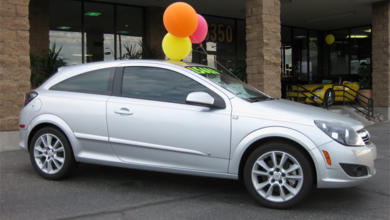Tokyo Drift Legends – The Fast & The Furious
The Fast & Furious: Tokyo Drift movie brought some of the most iconic drift and performance automobiles in history into the limelight. Among them, each of the top ones stands out, as they represent a different take on power versus handling versus driving style. From the nimbleness, the brute force, or the surprise of American muscle, these Tokyo drift cars cemented their place in the ultra-memorable drift culture.
Table of Contents
Some of the most iconic tuner vehicles of all time have been built and tested on the streets of Tokyo. Three Japanese legends have confirmation to be among them. From among them came high-revving engines, precision handling, and a street-racing pedigree that has found a rabid following; enthusiasts still worship this type of vehicle. Let’s explore Tokyo, one of the most desirable drift cars.
Nissan Skyline GT-R (R34) – The King of JDM
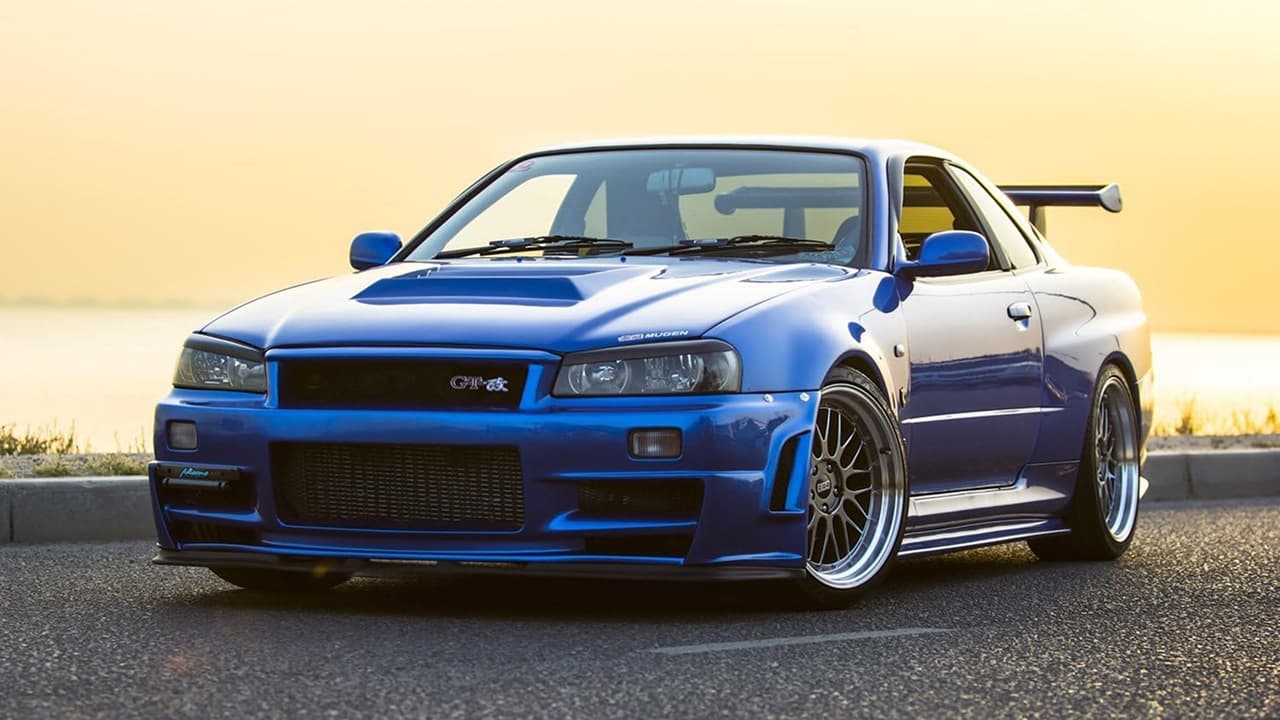
There are many contenders, but in the realm of JDM (Japanese Domestic Market) performance, the Nissan Skyline GT-R R34 is routinely the greatest. Part of the Clemens-era ultimate collection, they brought this car here to show the massive torque in action in front of the crowd.
One of its most notable features was the ATTESA E-TS Pro AWD system. This system allows the power distribution between the front and rear wheels to ensure maximum grip, making it a beast in both grip racing and drifting. It is powered by an RB26DETT 2.6L twin-turbo inline-six engine that produces 280 HP (officially) in the real world. People talk about figures closer to 320 HP and limitless tuning potential.
The GT-R R34 initially equip an MFD (Multi-Function Display) where the small screen on the dashboard display real-time performance data, such as boost pressure and G-forces. It had a shorter wheelbase than its predecessor (the R33), which improved handling, and it soon became the darling of drifters and street racers alike.
Specifications:
| Feature | Specification |
| Engine | 2.6L RB26DETT Twin-Turbo Inline-6 |
| Power Output | ~280 HP (Factory, but underrated) |
| Torque | 392 Nm (289 lb-ft) |
| Transmission | 6-speed Getrag Manual |
| Drivetrain | ATTESA E-TS Pro AWD |
| 0-100 km/h | ~4.9 seconds |
| Top Speed | 250 km/h (155 mph) |
| Weight | ~1,560 kg |
| Notable Feature | Multi-Function Display (MFD), Advanced AWD System |
Mazda RX-7 (FD3S) – The Rotary Legend
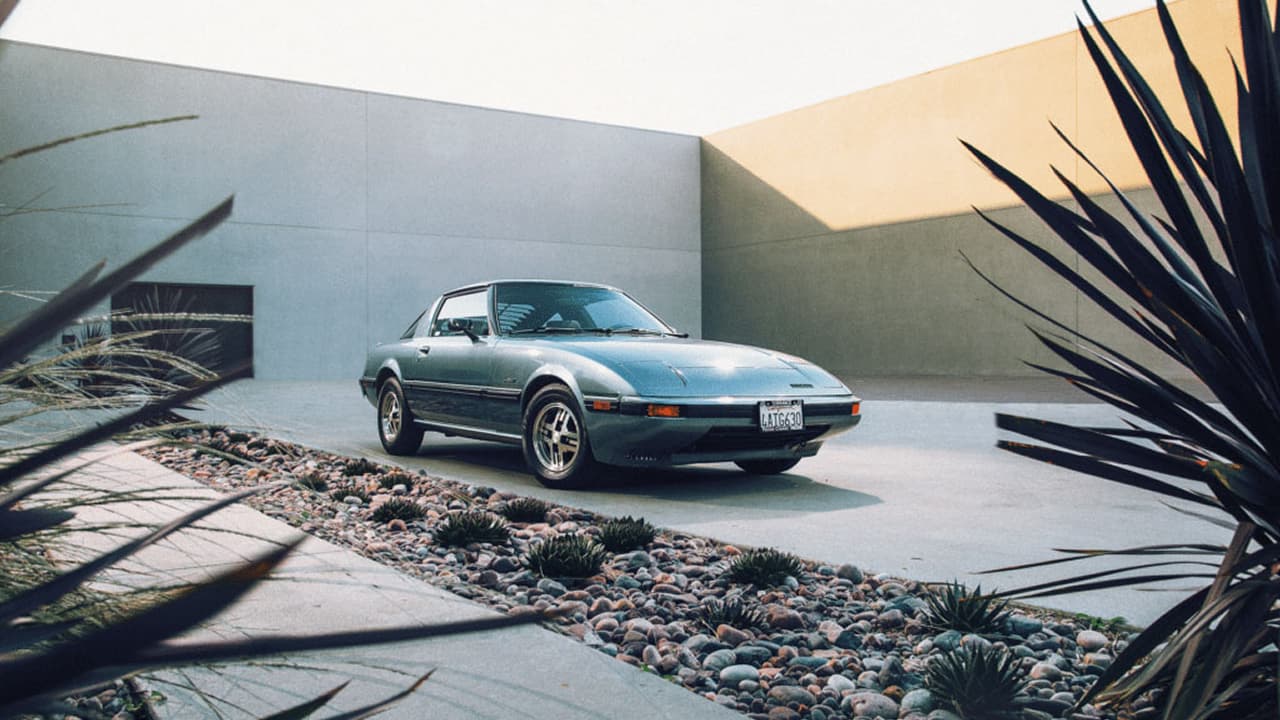
The Mazda RX-7 (FD3S) is among the most gorgeous and nimble sports cars ever built. Launched in 1992 and produced in 2002, it was powered by the 13B-REW twin-rotor engine. There was one of a handful of automobiles globally to use a rotary powerplant.
The RX-7 was different as it had a lightweight chassis and a near-ideal 50:50 weight distribution, which meant excellent handling. The twin-turbo configuration delivered a smooth powerband, with the turbos working sequentially.
It was loveable among drifters and racers for its responsive nature, high-revving powerplant, and lightweight chassis. With its signature pop-up headlights and aerodynamically sleek figure, it became an icon in both professional drifting machines and street racing. Moreover, the FD3S is still one of the most tunable cars around, with many reaching over 500 HP after a few tweaks.
Specifications:
| Feature | Specification |
| Engine | 1.3L 13B-REW Twin-Rotor Twin-Turbo |
| Power Output | ~276 HP (Factory) |
| Torque | 314 Nm (232 lb-ft) |
| Transmission | 5-speed Manual |
| Drivetrain | RWD |
| 0-100 km/h | ~5.1 seconds |
| Top Speed | ~250 km/h (155 mph) |
| Weight | ~1,280 kg |
| Notable Feature | Sequential Twin-Turbo System, Lightweight Chassis |
Mitsubishi Lancer Evolution IX – The All-Wheel-Drive Rally Beast
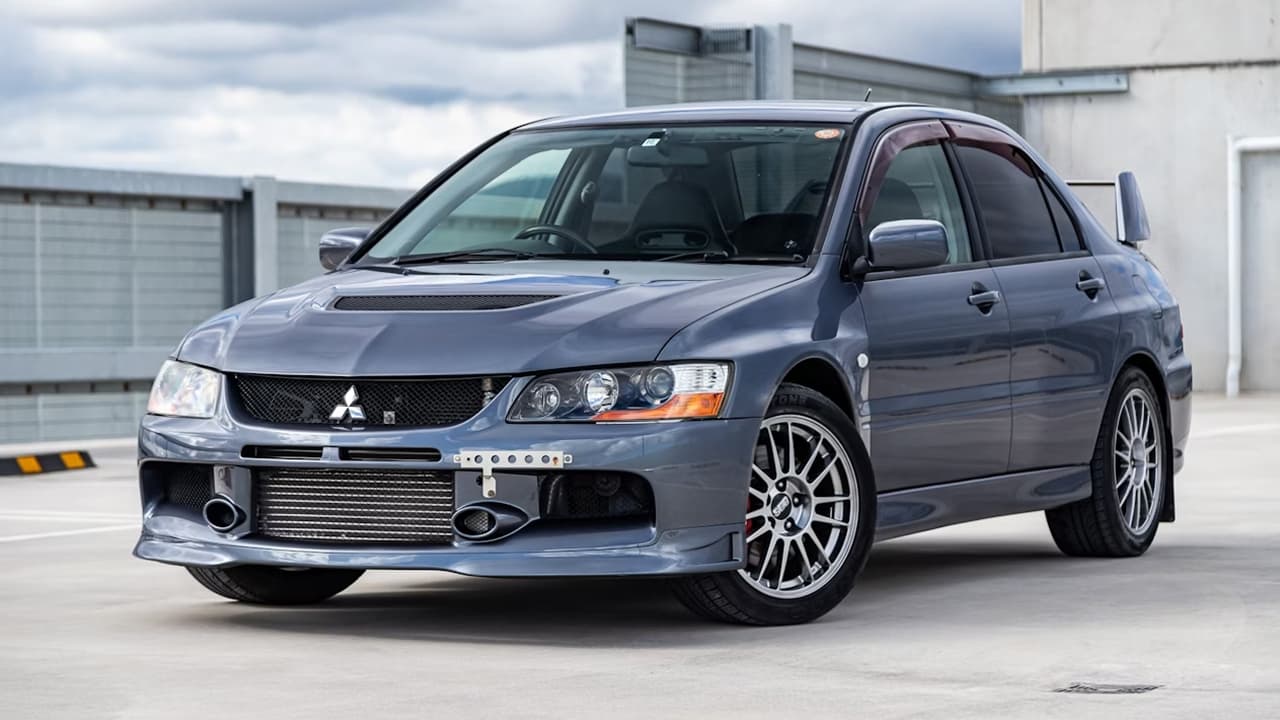
The ninth generation of Mitsubishi Lancer Evolution IX (Evo 9) was introduced in 2005 and was one of the most sophisticated and aggressive variants within the Evo lineup. Distributing its prowess through all four wheels was a 2.0L turbocharged inline-4 (4G63). It was a well-known engine in a tuning sense for its reliability and potential.
Where the GT-R was designed for road prowess with its distinct AWD setup, the Evo IX was bred for the rally stages. It had an Active Center Differential (ACD) and Super AYC (Active Yaw Control) to send torque to individual wheels as needed. This went on to make the Evo one of the best-handling AWD cars of the era.
You Might Like to Read: GTA 5 Drift Car: The Ultimate Guide
Came with pin-sharp steering, muscular aero, and a chassis balance, the Evo IX was the love of drifters, rally racers, and street racers alike. Though technically a four-door sedan, it could lap a great number of conventional sports vehicles.
Specifications:
| Feature | Specification |
| Engine | 2.0L 4G63T Turbocharged Inline-4 |
| Power Output | ~286 HP (Factory) |
| Torque | 392 Nm (289 lb-ft) |
| Transmission | 5-speed Manual (Optional 6-speed) |
| Drivetrain | AWD (ACD + Super AYC) |
| 0-100 km/h | ~4.5 seconds |
| Top Speed | ~250 km/h (155 mph) |
| Weight | ~1,415 kg |
| Notable Feature | Active Yaw Control (AYC), Rally-Tuned AWD System |
Nissan Silvia S15 – Ideal Drift Machine
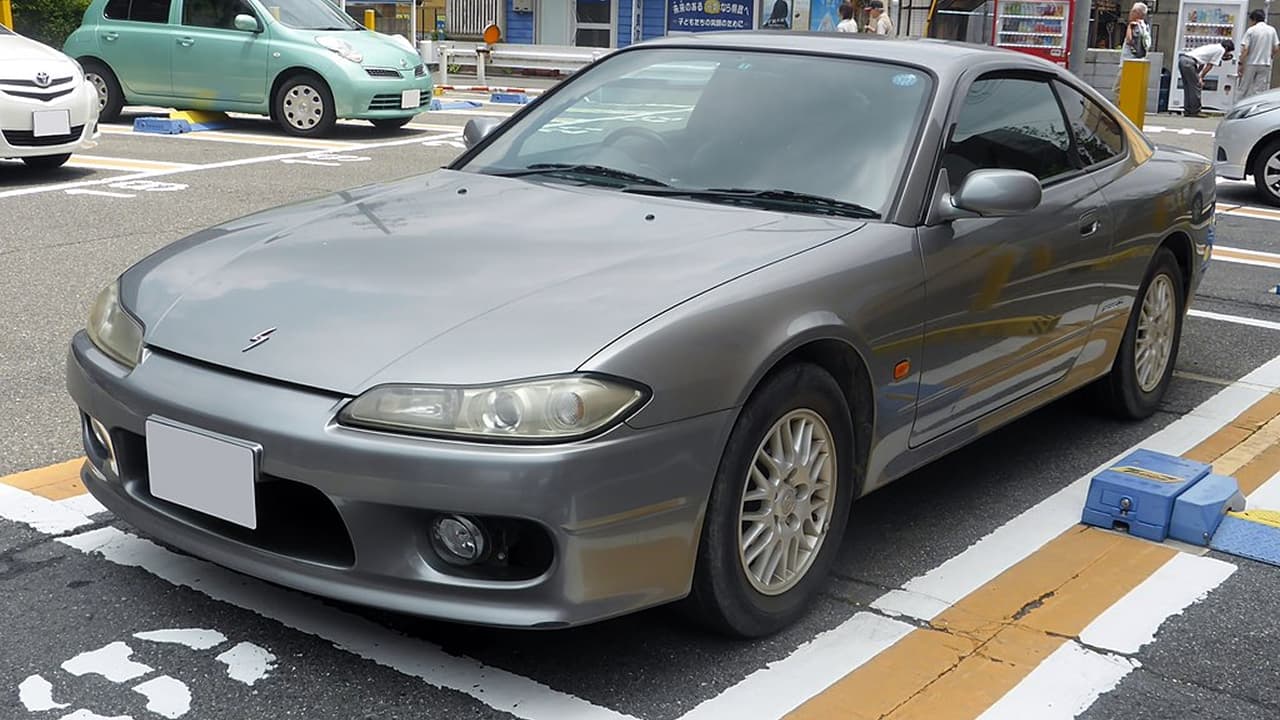
The Nissan Silvia S15, in production from 1999 to 2002, was the final and most evolved form of the Japanese icon, ending a long line. A beloved car for drifting, its lightweight chassis, RWD layout, and high-revving turbocharged engine made it one of the most desirable Tokyo drift cars.
Beneath the skin, the SR20DET engine – a 2.0L turbocharged inline-four – provided an excellent combination of power and the ability to tune. Factory output was 250 HP, but a few mods could see it hitting 400-plus. The car’s short wheelbase and low center of gravity made it exceedingly nimble and allowed drivers to initiate and keep drifts going with little effort.
The Silvia S15 also came with all-wheel drive, unlike the Skyline GT-R, and was instead a pure RWD rear-wheel drive car that became a favorite of both professional and amateur drifters. It featured such great weight distribution and steering feedback that it became a staple of competitions such as D1 Grand Prix and Formula Drift.
Specifications:
| Feature | Specification |
| Engine | 2.0L SR20DET Turbocharged Inline-4 |
| Power Output | ~250 HP (Factory) |
| Torque | 275 Nm (203 lb-ft) |
| Transmission | 6-speed Manual |
| Drivetrain | RWD |
| 0-100 km/h | ~5.5 seconds |
| Top Speed | ~225 km/h (140 mph) |
| Weight | ~1,250 kg |
| Notable Feature | It has a lightweight chassis, perfect drift balance |
Toyota Supra MK4 – The JDM Powerhouse
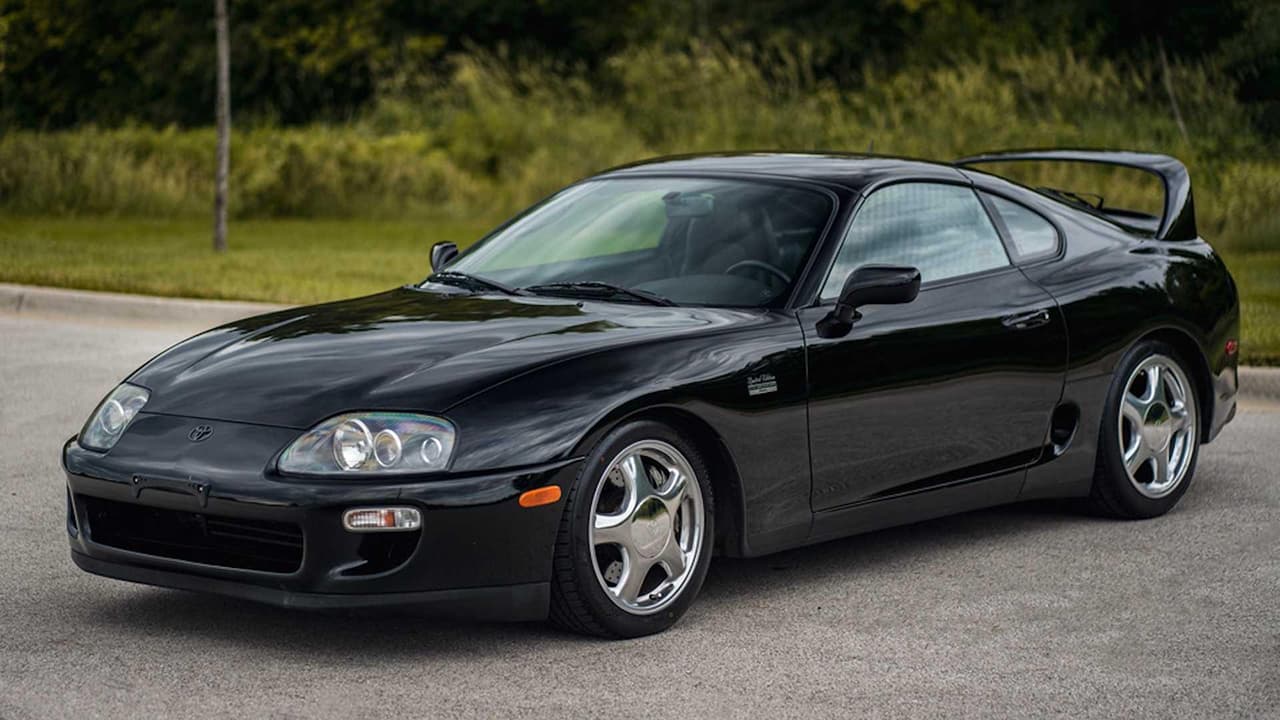
One of the greatest JDM sports vehicles ever made, the Toyota Supra MK4 (A80) came between 1993 and 2002. The history of the Toyota Supra begins with its legendary 2JZ-GTE was a 3.0L twin-turbo inline-six, responsible for making this platform legendary for its extreme power and seemingly infinite tuning potential.
The Supra MK4 was rated at a modest 276 HP from the factory, thanks to Japan’s gentlemen’s agreement of the time. However, dyno tests showed that the car had made closer to 320 HP, and in short order, reliable 1,000+ HP builds became the norm.
What made the Supra special was its balance of power and handling. The chassis is for stability at high speed, which lends itself perfectly to drag racing and drifting. The 6-speed Getrag V160 manual was one of the toughest factory gearboxes ever equip.
The Toyota Supra became a real-world legend in Tokyo Drift cars as the ultimate street-racing machine that is fast in a straight line and still able to hit corners. Whether on Tokyo’s streets or a professional race track, the Supra remains a dream car for many.
Specifications:
| Feature | Specification |
| Engine | 3.0L 2JZ-GTE Twin-Turbo Inline-6 |
| Power Output | ~276 HP (Factory, but underrated) |
| Torque | 431 Nm (318 lb-ft) |
| Transmission | 6-speed Getrag V160 Manual |
| Drivetrain | RWD |
| 0-100 km/h | ~4.9 seconds |
| Top Speed | ~250 km/h (155 mph) |
| Weight | ~1,560 kg |
| Notable Feature | Legendary 2JZ engine, extreme tuning potential |
Ford Mustang Fastback – The Surprising Drifter
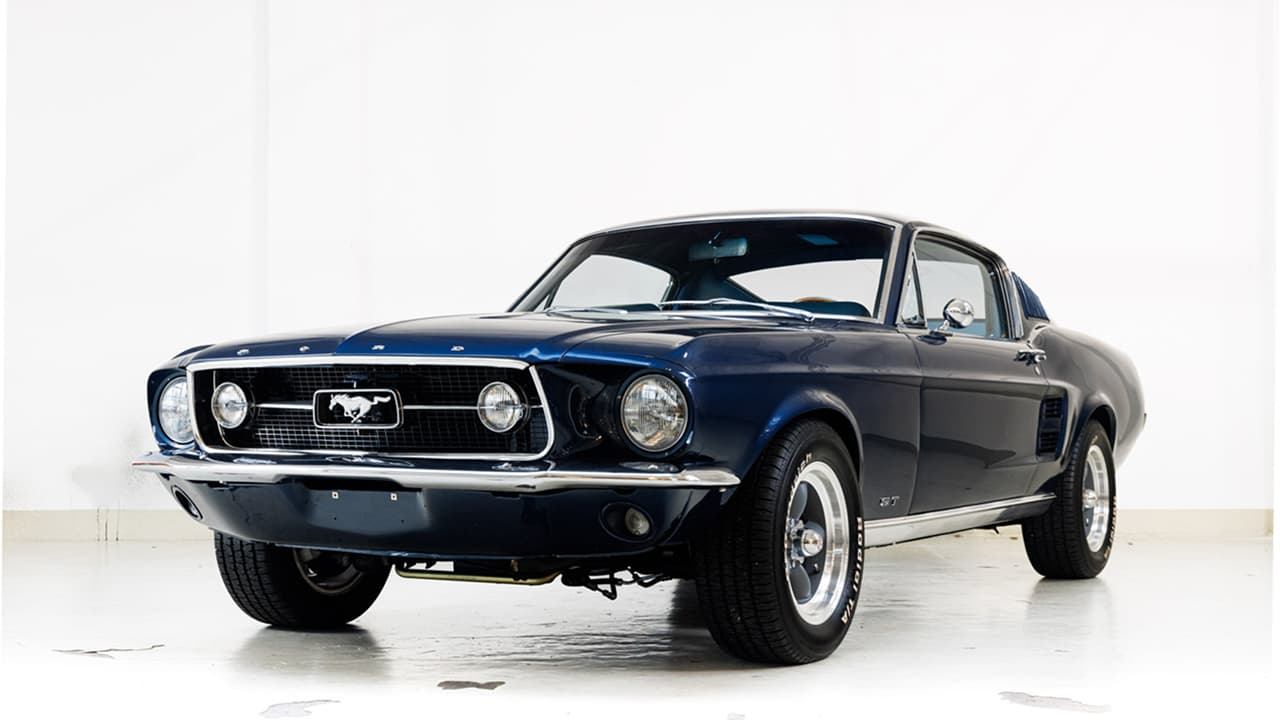
The Ford Mustang Fastback (1967) was somewhat of a shocker in the Tokyo Drift lineup. When Sean Boswell, the film’s protagonist, found himself in need of a car to compete in the final drift battle, he dropped a Nissan RB26 engine from a Skyline GT-R into the Mustang Fastback. It crafted a one-of-one hybrid drift machine.
The Mustang Fastback was originally made for going fast in a straight line, powered by a big V8 and benefitting from rear-wheel drive. Though the American sports muscle car was never meant for drifting, adding an RB26 swap and countless hours of custom suspension setup transformed it into a veritable mountain corner carver.
It was brought to the drifting world, and the Mustang’s raw power and aggressive styling made it vastly different from the Japanese drift cars of the time. It was an audacious experiment, merging Japanese engineering with American brawn, making it one of the most original automobiles ever in the Fast & Furious cars franchise.
Specifications:
| Feature | Specification |
| Engine | 2.6L RB26DETT Twin-Turbo Inline-6 (Swap) |
| Power Output | ~400 HP (Estimated) |
| Torque | 460 Nm (339 lb-ft) |
| Transmission | 6-speed Manual |
| Drivetrain | RWD |
| 0-100 km/h | ~4.5 seconds |
| Top Speed | ~260 km/h (162 mph) |
| Weight | ~1,500 kg |
| Notable Feature | RB26 swap, American muscle meets JDM engineering |
Chevrolet Corvette C1 – The American Classic
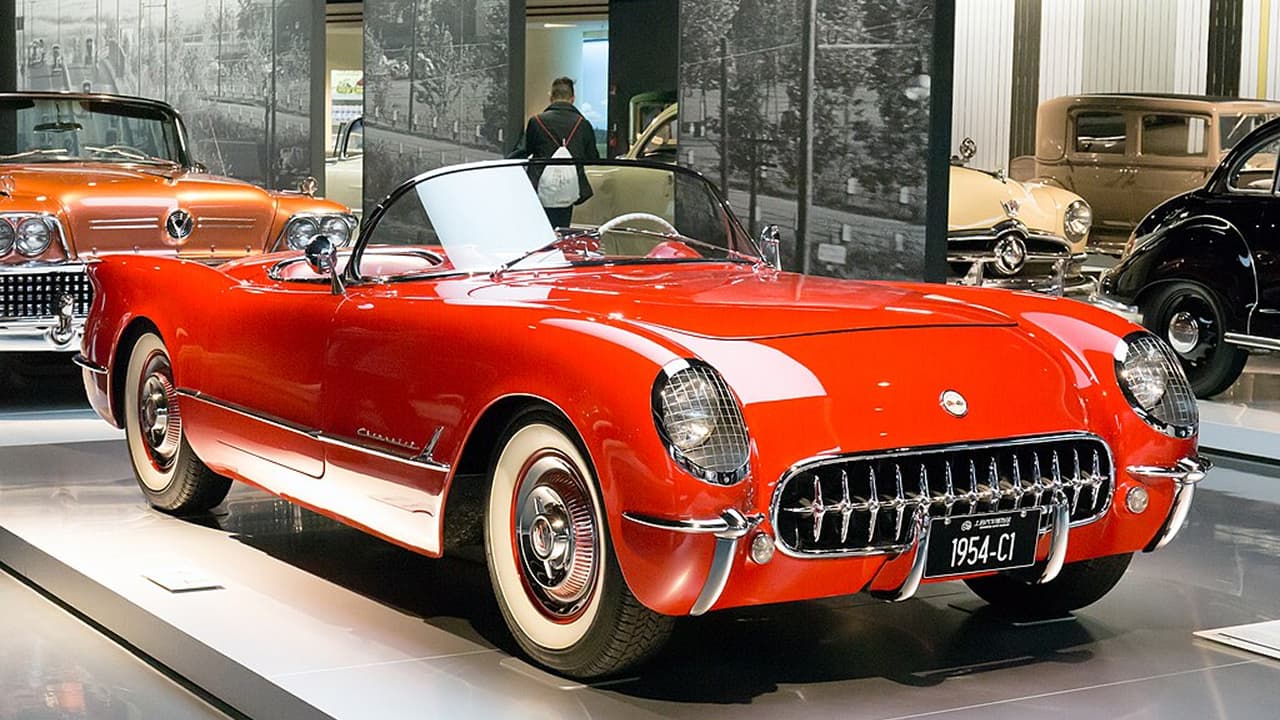
One of the most iconic American sports cars ever made, the Chevrolet Corvette C1, first hit the roads in 1953. Finally, the movie also needed a classic American muscle car for Tokyo Drift, if only to symbolically showcase a stark contrast with the high-tech Japanese tuner vehicles.
The C1 was all about that straight-line speed and came with a V8 engine that sounded glorious when pushed. It featured an innovative lightweight fiberglass body that was revolutionary at the time, making it faster and more agile than other muscle cars of the period. Though never intended for drifting, its rear-wheel-drive layout and powerful torque output could still break traction and slide through corners.
Though the Corvette C1 was not a primary drift car in the movie, its appearance was a throwback to American performance history, a reminder that we can all reach for the stars. It proved that even performance cars come in all forms – from vintage to modern turbocharged imports.
Specifications:
| Feature | Specification |
| Engine | 4.6L Small-Block V8 (Varies by model) |
| Power Output | ~290 HP |
| Torque | 393 Nm (290 lb-ft) |
| Transmission | 4-speed Manual |
| Drivetrain | RWD |
| 0-100 km/h | ~6.5 seconds |
| Top Speed | ~210 km/h (130 mph) |
| Weight | ~1,280 kg |
| Notable Feature | Lightweight fiberglass body, classic American V8 power |
Nissan 350Z – The Drifters Dream
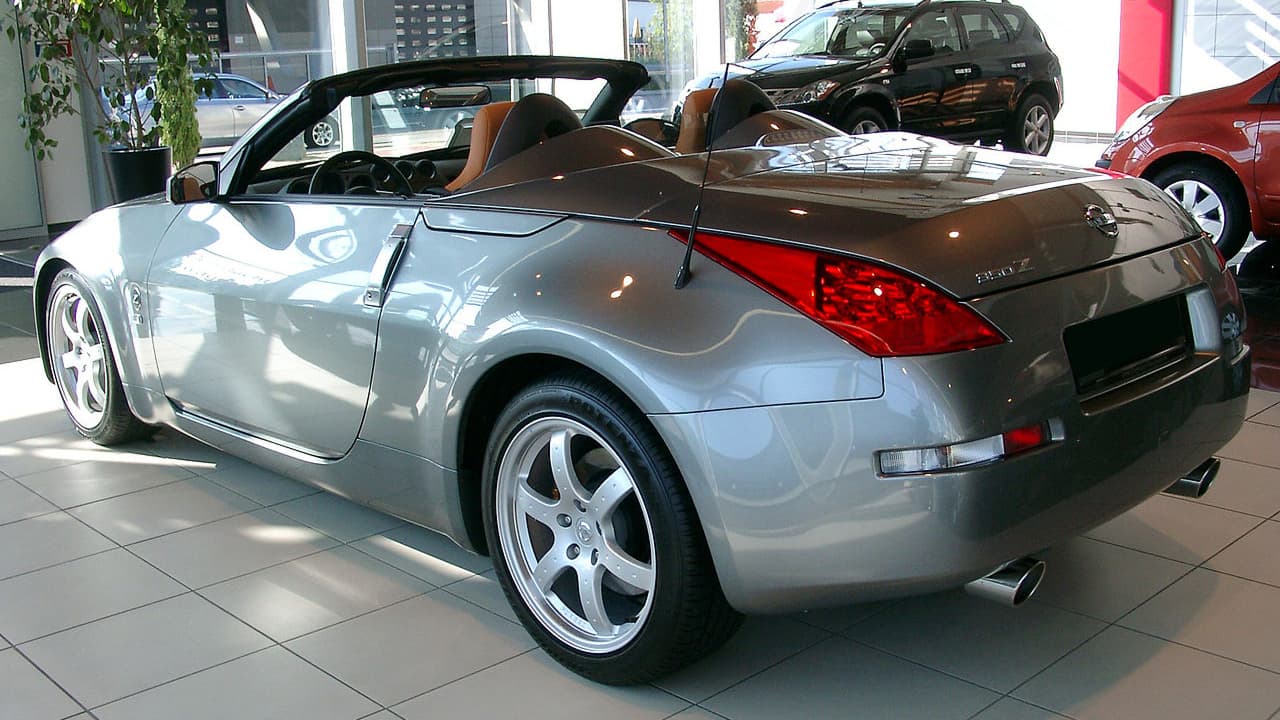
The Nissan 350Z (Z33), which came out in 2002, was suspended in Tokyo Drift’s go-to drift car, driven by the movie’s bad guy Takashi, aka “DK” (Drift King). The Nissan 350Z has its natural & aspirate VQ35DE 3.5L V6 engine and provide the perfect balance of power, weight distribution, and handling. It was the ultimate streetcar for both professional and street drifting.
For the 350Z, one of the standout elements was its rigid chassis and precise steering which meant drivers could both initiate and carry long drifts with perfect control. A hit in the real-world drifting scene, the car’s rear-wheel drive layout and well-balanced suspension meant it was an absolute joy to play with.
In Tokyo Drift, the cars underwent extensive modifications, including the addition of a widebody kit, upgraded suspension, and a turbocharged V6 that put out power higher than factory numbers. The elegant design and aggressive tuning made it the ultimate drift machine, perfectly suited for the twisty mountain roads and urban racing circuits of Tokyo.
Specifications:
| Feature | Specification |
| Engine | 3.5L VQ35DE V6 (Stock) |
| Power Output | ~287 HP (Stock) |
| Torque | 371 Nm (274 lb-ft) |
| Transmission | 6-speed Manual |
| Drivetrain | RWD |
| 0-100 km/h | ~5.3 seconds |
| Top Speed | ~250 km/h (155 mph) |
| Weight | ~1,460 kg |
| Notable Feature | It has a balanced chassis, which is perfect for drifting |
Mazda RX-8 — The High Revving Rotary
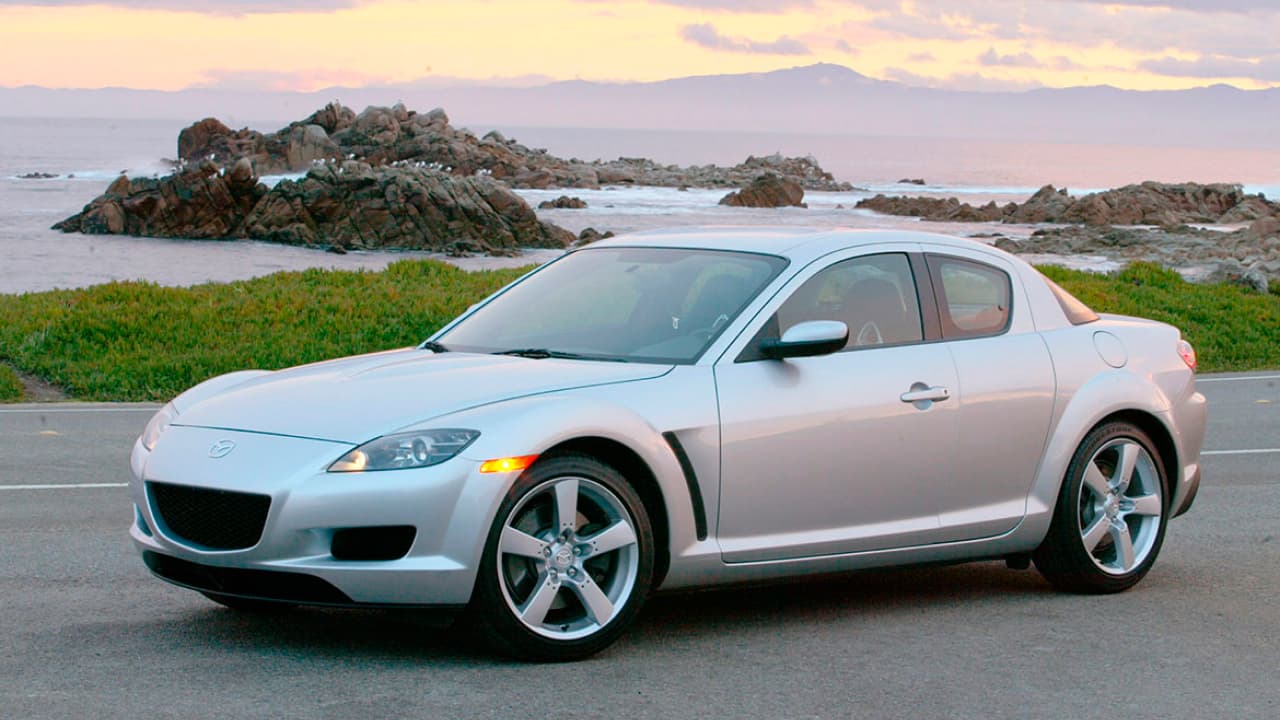
The Mazda RX-8, which was sold from 2003 until 2012, replaced the fabled RX-7 and aimed to be an everyday sports car, full of performance and practicality. It featured Mazda’s signature rotary engine incorporating the Renesis 1.3L Wankel rotary engine, known for smooth power delivery and the ability to rev to 9,000 RPM.
One of the film’s main characters, Neela, drove the RX-8 in Tokyo Drift. Unlike a number of the other very-powered turbocharged autos exceeding expectations, the RX-8 was normally aspirated. It depended on its lightweight edge, ideal 50:50 weight distribution, and precise handling to slingshot around small turns and specialized float areas.
While some critics complained that the RX-8 didn’t have quite the straight-line power of its predecessor, it more than compensated with astonishing agility and a distinctive design. Mazda completed with rear doors that made the car look and feel like science fiction. It had a high maintenance demand, but it developed a cult following among rotary fans and drifters because of its signature sounds and response.
Specifications:
| Feature | Specification |
| Engine | 1.3L Renesis Rotary |
| Power Output | ~238 HP |
| Torque | 216 Nm (159 lb-ft) |
| Transmission | 6-speed Manual |
| Drivetrain | RWD |
| 0-100 km/h | ~6.2 seconds |
| Top Speed | ~235 km/h (146 mph) |
| Weight | ~1,310 kg |
| Notable Feature | It has a high-revving rotary engine, perfect 50:50 weight distribution |
Chevrolet Monte Carlo – The Street Racing Classic
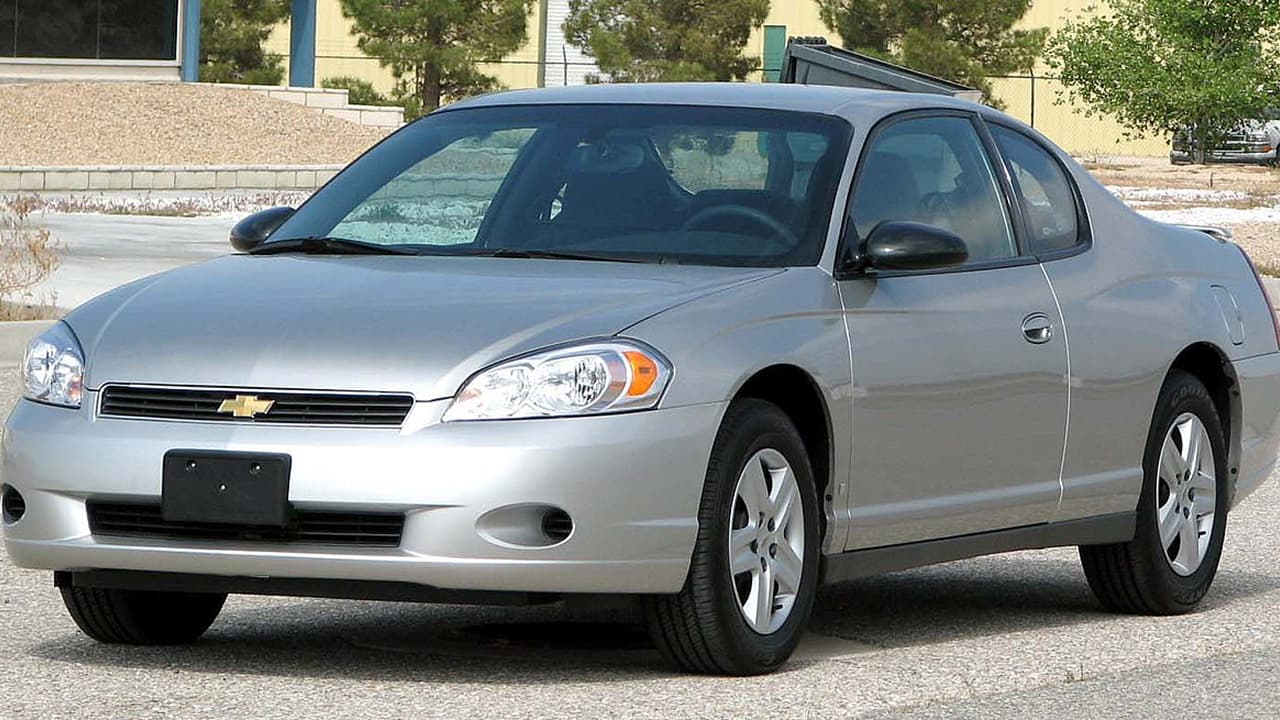
In Tokyo Drift, Sean Boswell’s first car was a Chevrolet Monte Carlo, which was driven during the opening race against a Dodge Viper. The Monte Carlo, meanwhile, was an old-school American muscle car; it was raw and precision-built for straight-line power rather than finesse.
With a big V8, the Monte Carlo was all brute force and torque, making it well-suited for drag racing but ill-equipped for the sharp corners of drifting. Its heavy body and rear-wheel-drive layout meant that while it could drift, keeping it at high speeds was a challenge.
Although it wasn’t a drift car in the truest sense, the Monte Carlo stood for the American street racing culture that ruled the land in those days. It was all about the big engines and in-your-face styling trumped precise handling. Its demise in the first race is a symbol of Sean’s transformation from American muscle to the Japanese drift culture and sets the stage for the rest of the movie.
Specifications:
| Feature | Specification |
| Engine | 5.7L Small-Block V8 |
| Power Output | ~250 HP |
| Torque | 470 Nm (347 lb-ft) |
| Transmission | 4-speed Manual |
| Drivetrain | RWD |
| 0-100 km/h | ~7.0 seconds |
| Top Speed | ~200 km/h (124 mph) |
| Weight | ~1,725 kg |
| Notable Feature | Classic American muscle with high torque |
Where Are They Now?
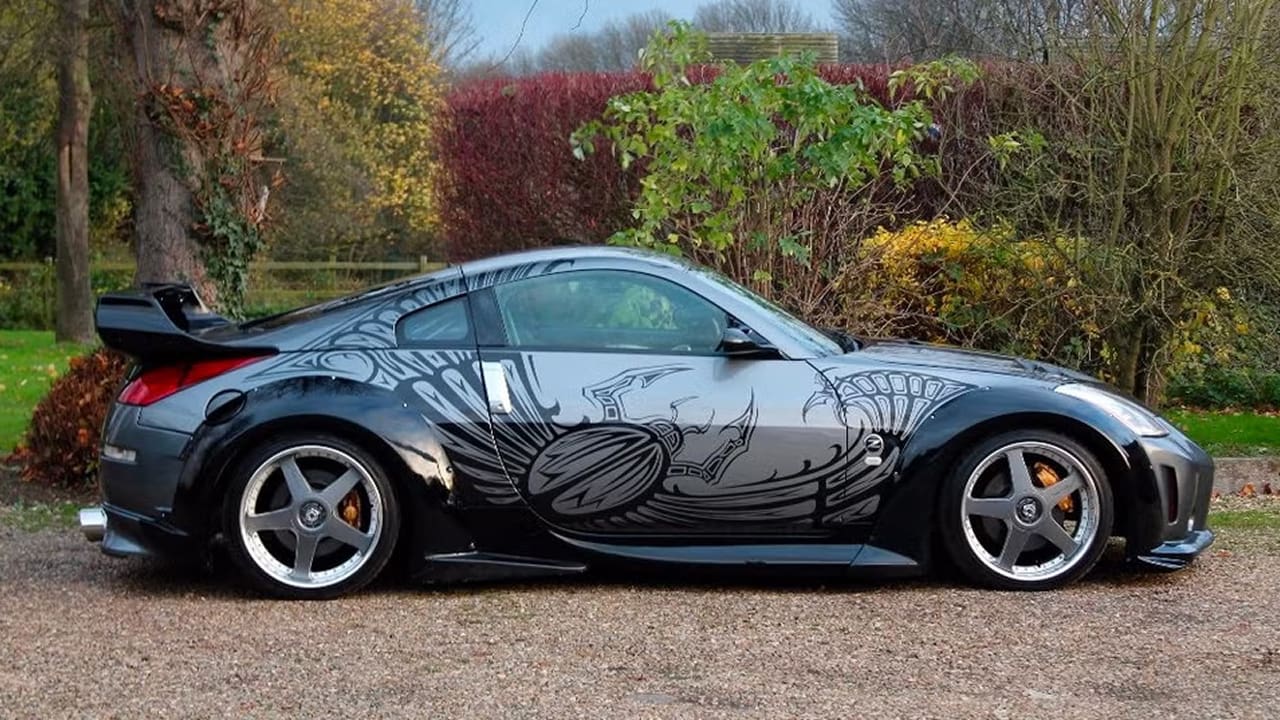
The cars of ‘Fast & Furious: Tokyo Drift’ didn’t just burn rubber on screen; they were burning into the collective memory of car enthusiasts worldwide. But what became of those machines after the final credits? Many have since entered collections as sought-after collector’s items, museum pieces, or stars of auctions. Here’s what happened to the most iconic Tokyo Drift cars:
Nissan Skyline GT-R R34
In this era, the R34 GT-R is more or less a unicorn. Thanks to the film’s impact and a resurgence of JDM culture, clean examples of this car have skyrocketed in value, often selling for more than $200,000 in the U.S. Car guys still search for Midnight Purple and Bayside Blue models like they’re holy relics. A few of the real movie cars were sold at private auctions or found their way into mega-fan and automotive museum collections.
Mazda RX-7 FD3S
The FD3S has become an integral part of rotary folklore. Original models in good condition are rare, and thanks to the cult film, even the RX-7s now fetch premium prices. Some of the movie RX-7s were rebuilt by tuning houses or made appearances at car meets throughout the world, such as Tokyo Auto Salon and SEMA. Light, nimble, and incredibly tunable, the RX-7 is one of the most loveable drift machines ever came.
Mitsubishi Lancer Evolution IX
The Evo IX remains the rally-bred performance saviour that we all need. Spotless Evo IXs have skyrocketed in value and are difficult to find unmodified. Showcased in car shows, track meets, and now in online auction blocks. The Evo has become a highly coveted gem for the enthusiast who understands turbocharged control and rally-bred power.
Nissan Silvia S15
The Nissan Silvia S15 used to be an average run-around; now it’s a piece of JDM treasure. Its price has shot up due to Japan’s export restrictions and international demand, particularly for ordnance-ready or drift-ready builds. A bunch of these cars, inspired by the way the film represents them, turn up at drift events such as D1GP and Formula Drift. The S15 leaves its mark as the model of choice for the ideal RWD drift weapon.
Toyota Supra MK4 (A80)
The Supra MK4 has achieved near-mythical status. Its cult status has helped, thanks to its legendary 2JZ-GTE engine and Fast & Furious connection, even mildly modified Supras sell for $300,000. Manual, twin-turbo models are among collectors, and many are in private hands, rarely driven but has obsessive polish and preservation. Whether propped up in a museum or shredding a dyno, it’s a lasting reminder of JDM performance.
Nissan 350Z (Z33)
Nowadays, the Nissan 350Z, aka DK’s main car in the movie, has become part of the grassroots drift scene. Even the search for clean, manual-transmission examples in factory-spec has seen prices steadily increase. While widebody, movie-style conversions are now commonplace at drift meets and shows. The original Tokyo Drift stunt cars are still out there, brought to conventions or fan events, and still oozing their screen-used charisma.
Ford Mustang Fastback (RB26 Swap)
The one-of-a-kind Mustang build with an engine transplant straight from an RB26 sent shockwaves around the car world. The same RB-swapped Mustang from the movie has been seen at shows, drift demos, and Fast & Furious-related activities. To some extent, what used to be blasphemy to purists is now hailed as one of the most audacious custom builds in the history of film cars.
Mazda RX-8
Dominated by the RX-7, the RX-8 has a very solid cult following. Its Renesis gas engine and its near-ideal weight balance, as well as its great looks, make it a fascinating choice when you want to drive something different. Values are still fairly low, but not-worn-out examples, particularly manuals, are starting to appreciate.
Related Pick: Mazda Miata MX5 Convertible
The RX-8s used in the movie still show up at car shows and rotary celebrations, ensuring that the high-revving rotary spirit remains strong in this world.
Chevrolet Corvette C1
The Tokyo Drift cast even starred one of America’s original sports cars, the C1 Corvette. Today, those classic Corvettes are also head-turners at concours events and among the top lots at high-end auctions (where they often sell for six figures for rare or restored examples). Not designed for drifting, the C1 has become a design icon of American engineering and, as seen in the film, a collector car.
Chevrolet Monte Carlo
We met raw American muscle with Sean Boswell’s big wreck Monte Carlo before Tokyo’s high-tech drift scene dominated. The Monte Carlo is cherish able among those who prefer their muscle cars to be vintage. They are nowhere near as high as the JDM heroes, but they sit comfortably in muscle culture with a clean GTO sitting around the 20-45k mark. Several tribute builds of the car have emerged, celebrating its workaday appeal and underdog history.
Bonus Section: Cars That Should’ve Been in Tokyo Drift
Though Tokyo Drift’s roster of JDM legends and Yankee muscle was already burning into our retinas, however, few drift machines are so iconic that they felt noticeably absent! These cars have become the drift king in their own right. They might have added even more spice to the already legendary list of drivers.
The Toyota Chaser JZX100
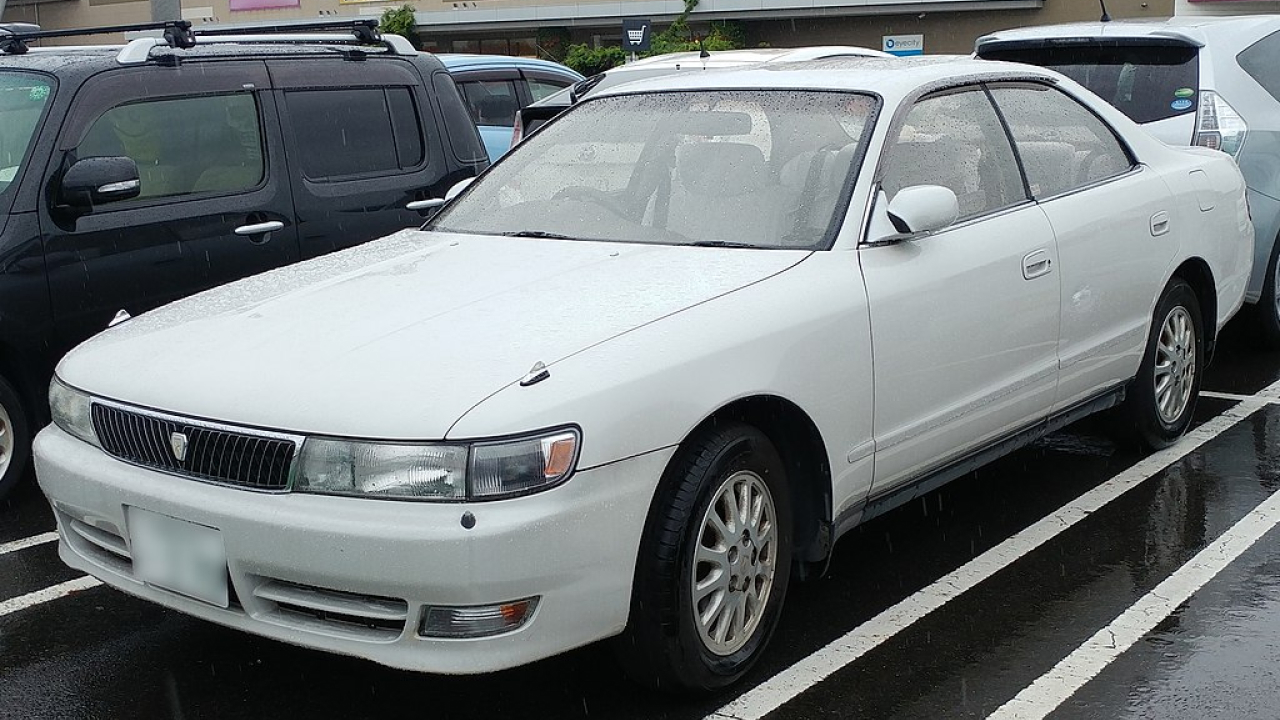
The Toyota Chaser JZX100 is one of the most popular sedans in the drifting scene. Featuring a 1JZ-GTE straight-six turbo engine, RWD configuration, and seemingly nimble chassis, the Chaser has always been a popular choice on the Japanese touge road. As well as in the D1 Grand Prix competitions.
It’s four-door bodywork notwithstanding, it’s a drift weapon – quick, well-balanced, and infinitely tunable. Considering what starred in Tokyo Drift, I’m surprised it didn’t cut as truly badass, undercover competition for the coupes that got along just fine. The cult following today is enormous, and it is still believes as a hero on the street, scene, and by tuning shops globally.
Honda S2000
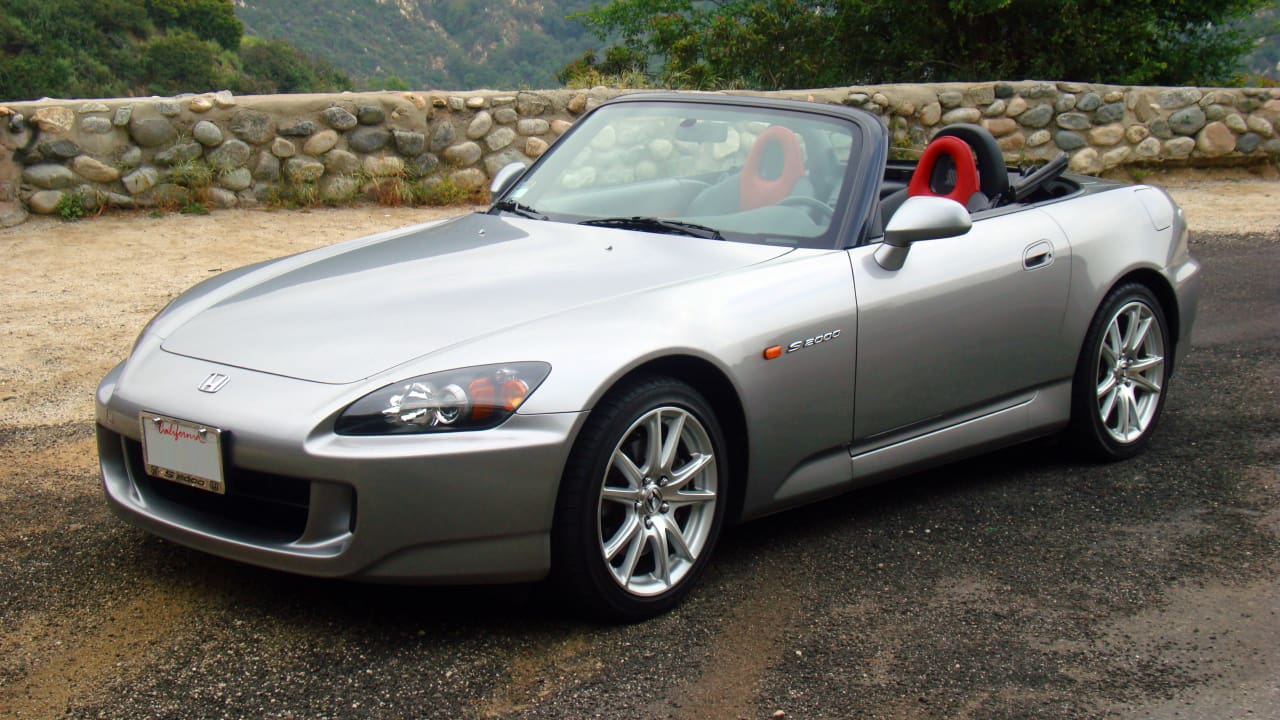
Though the Honda S2000 did stylish duty in the earlier Fast & Furious films, it didn’t get the screen time it deserves in Tokyo Drift. This high-revving RWD naturally aspirated roadster had all the recipe to make a standout drift car. It has almost perfect balance, a howling VTEC motor, and tight handling.
You Might Like to Read: Cheap Drift Cars – The Definitive Guide for Affordable Drifting
It’s a great lightweight car that also has an agile chassis to easily lean out into drifting on, particularly with turbo kits or some wider tires. With just the right setup, the S2000 may have survived the parking garages and mountain passes of Tokyo.
Subaru BRZ / Toyota GT86
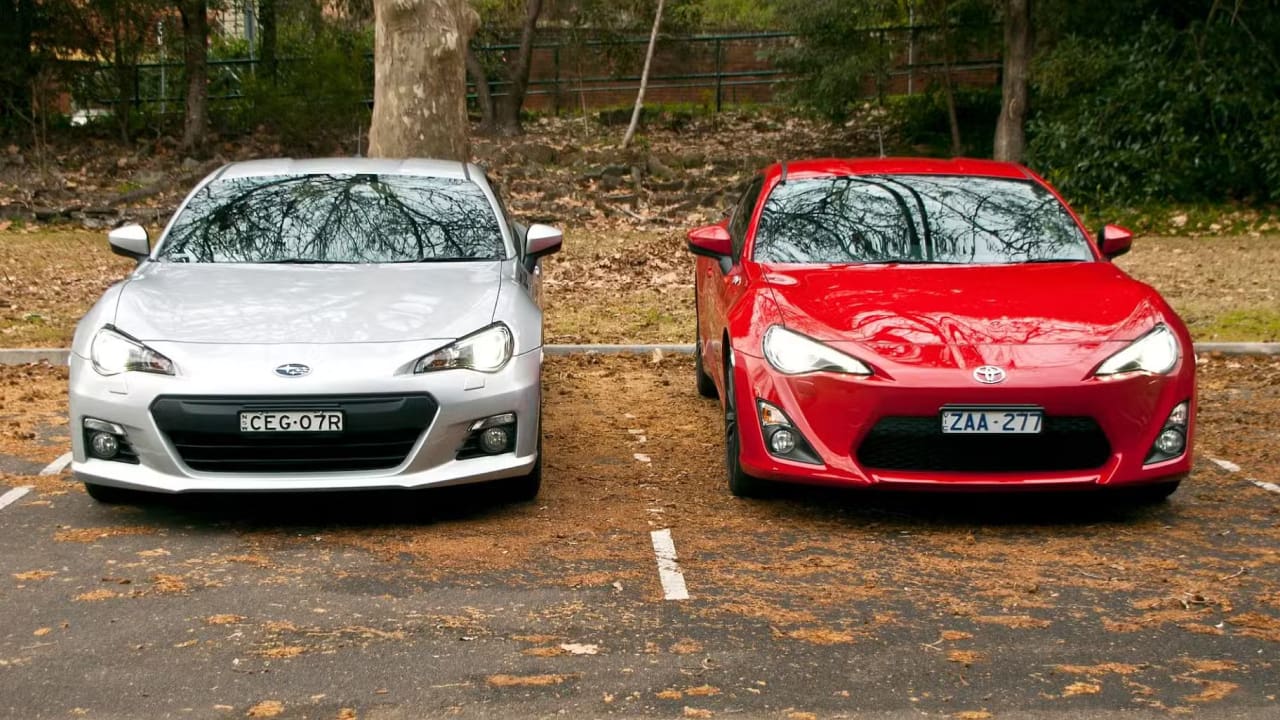
The Subaru BRZ and Toyota GT86 didn’t storm onto the scene until long after Tokyo Drift hit theaters in 2006. But if the concept had been around a few years later, we reckon these up-to-the-minute classics would have cut. The BRZ/GT86 twins are cheap, lightweight, and designed for drifting; many consider them to be the spiritual successors of the Silvia S-chassis itself.
Being low, rear-wheel-drive and superbly balanced as standard, for the grass-roots, it’s the car to get you started with as a beginner. But they may have missed the spotlight in Tokyo, their influence on contemporary drift culture is undeniable.
Wrap-Up – The Legacy of Speed and Drift
Fast and Furious Tokyo Drift’s cars weren’t just machines but representations of drift culture, raw power, and precision engineering. From JDM legends to American muscle beasts, each car exhibited its unique flavor of racing.
And be it the agility, latent dominance, or high-revving thrills, those vehicles made a name for themselves in car culture. They inspire drifters, tuners, and racers even today; it’s not about top speed but skill, passion, and the art of the drive.
These Tokyo Drift cars have been immortalized as street racing cars for decades, even decades after the release of Tokyo Drift. They inspire new generations of car lovers, drifters, and builders, demonstrating that racing is not all about speed – it’s about style, skill, and the ceaseless pursuit of automotive greatness.
You Might Like to Read: RC Drift Cars – The Ultimate Guide to Models
